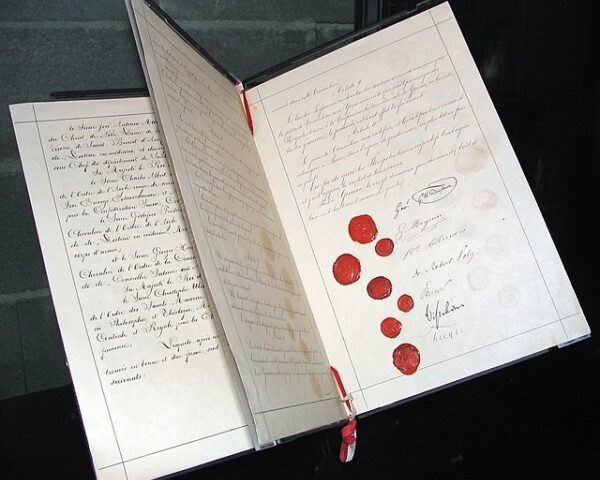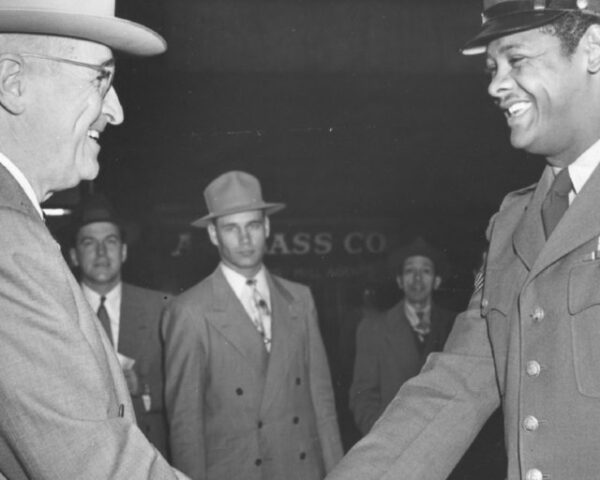On May 13, 1981, as Pope John Paul II greeted the crowds gathered in St. Peter’s Square, Mehmet Ali Ağca emerged from the throng, brandishing a handgun. In a matter of seconds, shots rang out, shattering the tranquility of the moment and plunging the square into chaos. The Pope, struck by multiple bullets, fell to the ground, his life hanging in the balance.
Miraculously, despite sustaining life-threatening injuries, Pope John Paul II survived the assassination attempt. His remarkable resilience and unwavering faith in the face of mortal danger captured the hearts of millions around the world. The Pope’s recovery became a symbol of hope and resilience, inspiring people of all faiths to unite in prayer and solidarity.
In the aftermath of the attack, Ağca was swiftly apprehended by Vatican security forces and handed over to Italian authorities for prosecution. Yet, even as he faced justice, questions lingered about his true motivations and the forces that may have influenced his actions. Some speculated that he was a lone actor, driven by a misguided sense of purpose, while others suggested he was part of a larger conspiracy orchestrated by shadowy figures with their own agendas.
The attempted assassination of Pope John Paul II sent shockwaves throughout the world, prompting an outpouring of support and solidarity for the beloved pontiff. Leaders from every corner of the globe condemned the attack, reaffirming their commitment to peace and tolerance in the face of violence and extremism. The event also sparked renewed scrutiny of global security protocols, prompting governments to reassess their strategies for protecting world leaders and public figures.
For Pope John Paul II, the events of May 13, 1981, were a defining moment in his papacy. Despite the physical and emotional toll of the attack, he refused to be consumed by fear or resentment. Instead, he embraced forgiveness and reconciliation, famously visiting Ağca in prison to offer his personal absolution. The Pope’s act of forgiveness was a powerful demonstration of his commitment to the principles of compassion and mercy, inspiring people around the world to seek reconciliation and healing in the face of adversity.
In the years that followed, both Pope John Paul II and Mehmet Ali Ağca became symbols of the power of redemption and the possibility of transformation. Ağca, once seen as a ruthless gunman, underwent a spiritual awakening during his time behind bars, renouncing violence and embracing a path of repentance and reconciliation. His journey from hatred to forgiveness served as a testament to the human capacity for change and renewal, offering hope to those who have experienced the devastating effects of violence and conflict.






